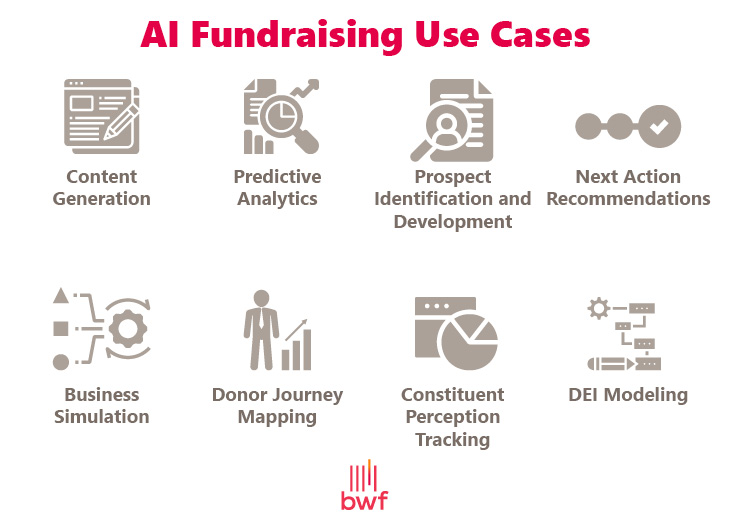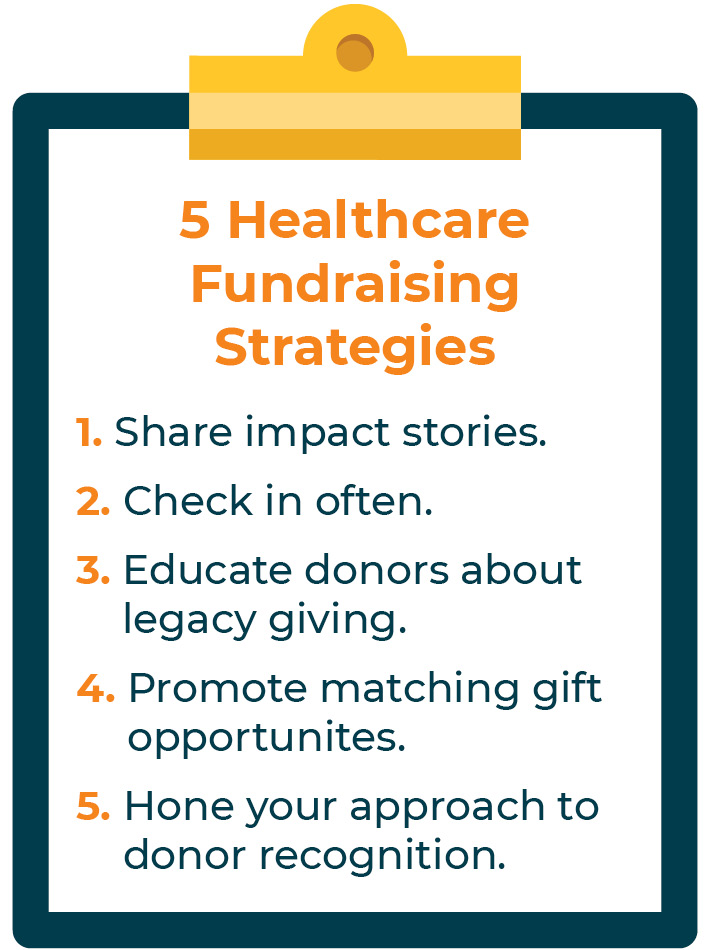The Role of Area Interaction in Nonprofit Fundraising: Building Lasting Relationships for Sustainable Support
Neighborhood involvement is increasingly acknowledged as a vital element of successful not-for-profit fundraising. By promoting authentic partnerships with regional stakeholders, companies can grow trust fund and loyalty, which are vital for sustainable support. However, the approaches and methods employed to involve neighborhoods vary widely, elevating essential questions concerning efficiency and impact. What are the very best methods for cultivating these crucial connections, and how can nonprofits gauge their success in this field? Comprehending these characteristics could dramatically affect the future of fundraising initiatives and the general goal of not-for-profit organizations.
Recognizing Community Engagement
Community involvement is an essential element of successful nonprofit fundraising efforts. Nonprofits have to determine crucial stakeholders-- such as area participants, neighborhood services, and other organizations-- to create effective engagement strategies.
Reliable community involvement is predicated on energetic listening and responsiveness to the requirements and interests of the area. This procedure includes getting comments, recognizing community dynamics, and guaranteeing that the organization's mission lines up with regional concerns. Involving the community can take various types, including public conferences, volunteer chances, and partnership initiatives, each made to motivate participation and financial investment in the company's objectives.
Moreover, community involvement need to be approached as an ongoing dialogue rather than an one-time effort. By promoting an inclusive setting where area voices are heard and valued, nonprofits can construct a solid foundation for future fundraising undertakings. Ultimately, a deep understanding of neighborhood interaction equips companies to create authentic links that boost their general effectiveness and sustainability.
Advantages of Solid Relationships
Solid relationships created through area engagement return various benefits for nonprofit fundraising efforts. Primarily, these relationships foster count on and integrity, crucial elements in motivating benefactors to contribute. When potential advocates see a not-for-profit proactively involved in their neighborhood, they are more probable to rely on its objective and impact.

Additionally, these connections facilitate efficient interaction. Nonprofits can leverage their links to share stories of impact, updates, and requires, ensuring that supporters stay informed and involved. This open line of interaction not only enhances bonds yet additionally motivates referral promo, increasing the nonprofit's reach.
Finally, strong community ties can bring in new partners and sponsors. Individuals and services are much more likely to line up with companies that demonstrate meaningful area participation, providing additional sources and assistance that can significantly enhance fundraising capacities. Thus, cultivating robust partnerships with community interaction is integral to a not-for-profit's lasting fundraising success.
Strategies for Effective Engagement
Exactly how can nonprofits successfully engage their areas to enhance Homepage fundraising initiatives? Normal updates, engaging web content, and calls-to-action can galvanize neighborhood passion and engagement.
Second, holding community events, such as workshops, volunteer opportunities, or fundraising drives, helps with face-to-face interaction, allowing nonprofits to display their impact and initiatives. These occasions not only elevate funds yet additionally cultivate relationships and enable neighborhood members to engage directly with the cause.
Third, applying tailored interaction techniques can boost engagement. Tailoring messages to specific benefactor sectors based on passions and previous contributions fosters a sense of belonging and financial investment in the organization's goal.
Finally, producing collaborations with neighborhood organizations and community leaders can magnify outreach efforts. Collaborative campaigns can boost visibility and credibility, demonstrating a collective commitment to the area's health. By integrating these techniques, nonprofits can develop enduring partnerships that improve fundraising initiatives and drive lasting support.
Measuring Interaction Success
While involving the community is essential for effective nonprofit fundraising, determining the performance of these involvement initiatives is just as crucial. Developing clear metrics enables companies to examine exactly how well they are getting in touch with their target market and accomplishing their fundraising objectives. Secret performance indications (KPIs) such as contributor retention rates, volunteer participation degrees, and involvement on social networks platforms supply tangible information for examination.

Frequently examining these metrics makes it possible for organizations to pivot their strategies when needed, guaranteeing that community interaction continues to be straightened with their overall mission. In addition, sharing these results with stakeholders cultivates transparency and constructs depend on, motivating additional community participation. Inevitably, a robust measurement framework not only notifies future fundraising campaigns but additionally reinforces the connection in between the nonprofit and its fans, her comment is here laying the foundation for sustainable success.
Study in Neighborhood Influence
Many instance research studies highlight the extensive impact that neighborhood involvement can have on not-for-profit fundraising success. One notable instance is the "Something to chew on" effort, where a regional food financial institution partnered with institutions and services to host area suppers. These occasions not just raised funds however additionally cultivated a sense of belonging among participants, significantly Source enhancing contributor retention prices.
An additional engaging instance is the "Green Spaces Job," which included regional citizens in the revitalization of urban parks. This campaign not only gathered financial assistance from regional services yet also cultivated a volunteer base that added to continuous maintenance and programs. The feeling of possession and satisfaction amongst area participants converted right into sustained payments.
In the world of arts, the "Art for All" campaign effectively engaged local musicians and clients to develop joint art installments, leading to raised presence and donations for a local arts nonprofit.
These instances highlight that when nonprofits focus on neighborhood involvement, they can produce enduring connections that improve fundraising efforts, ensuring sustainable assistance and cultivating a vivid area society. Such instances show that community involvement is not just a strategy yet an essential column of nonprofit success.
Final Thought
In verdict, neighborhood engagement is important to the success of nonprofit fundraising efforts. Eventually, a robust foundation of area support not only amplifies fundraising potential but additionally cultivates a society of collaboration, crucial for accomplishing lasting business goals and sustaining significant impact. fundraising consultant.
Nonprofits must identify vital stakeholders-- such as area participants, neighborhood businesses, and various other organizations-- to produce effective engagement methods.

In final thought, area involvement is important to the success of nonprofit fundraising initiatives.